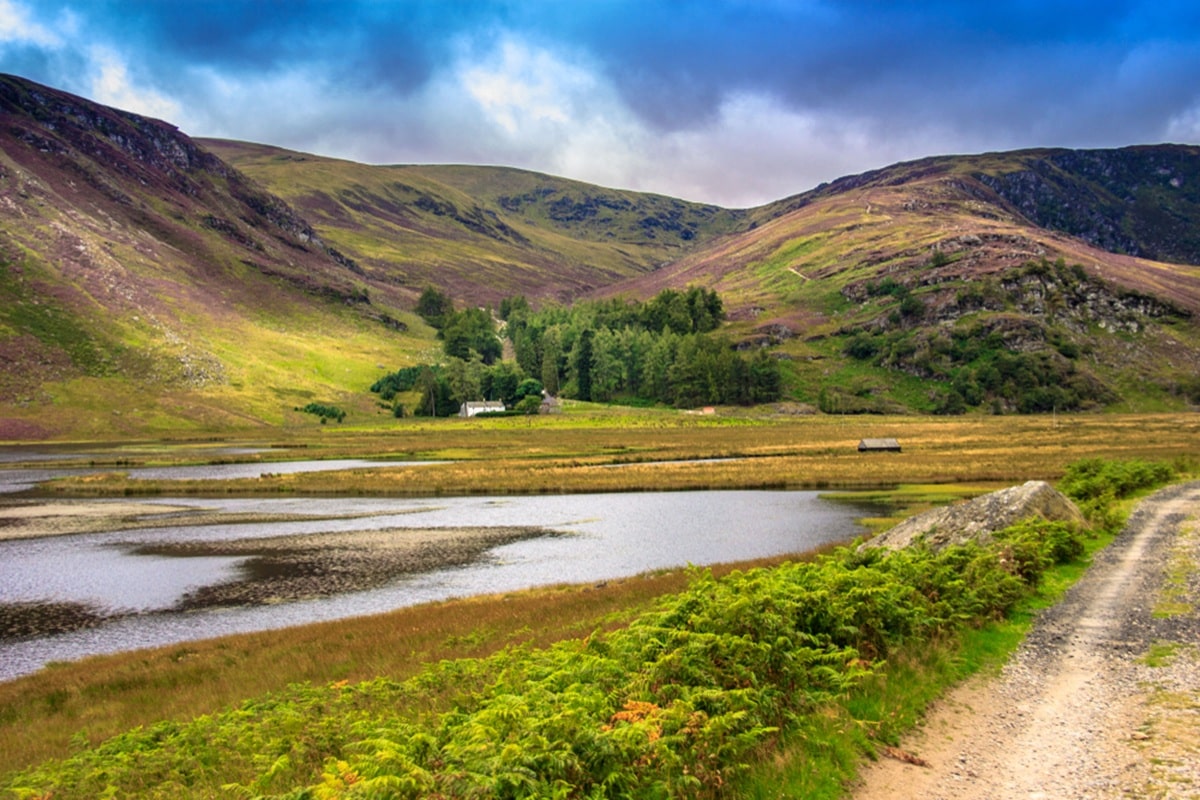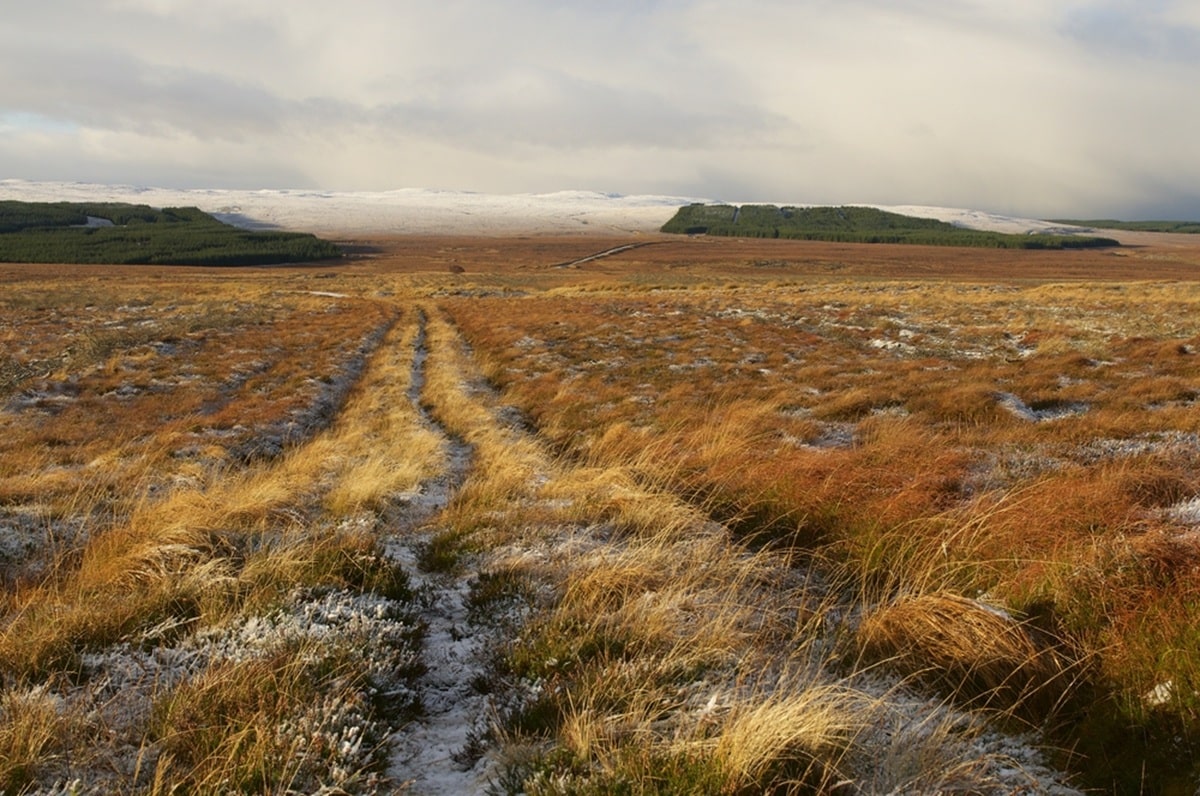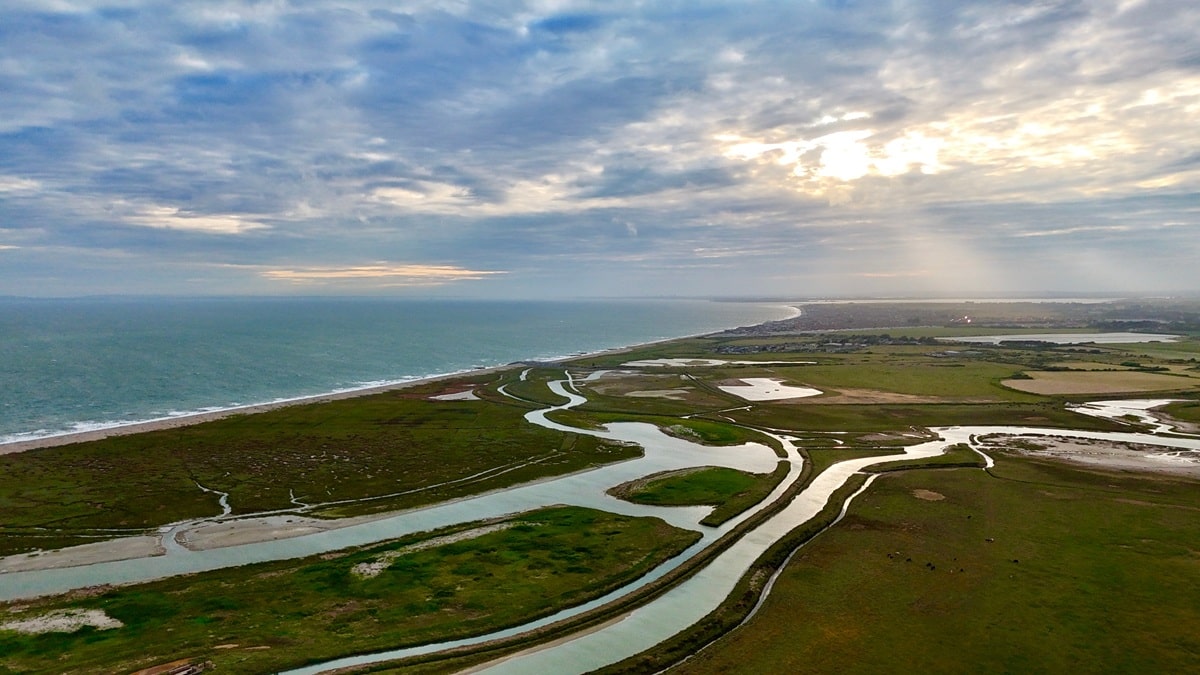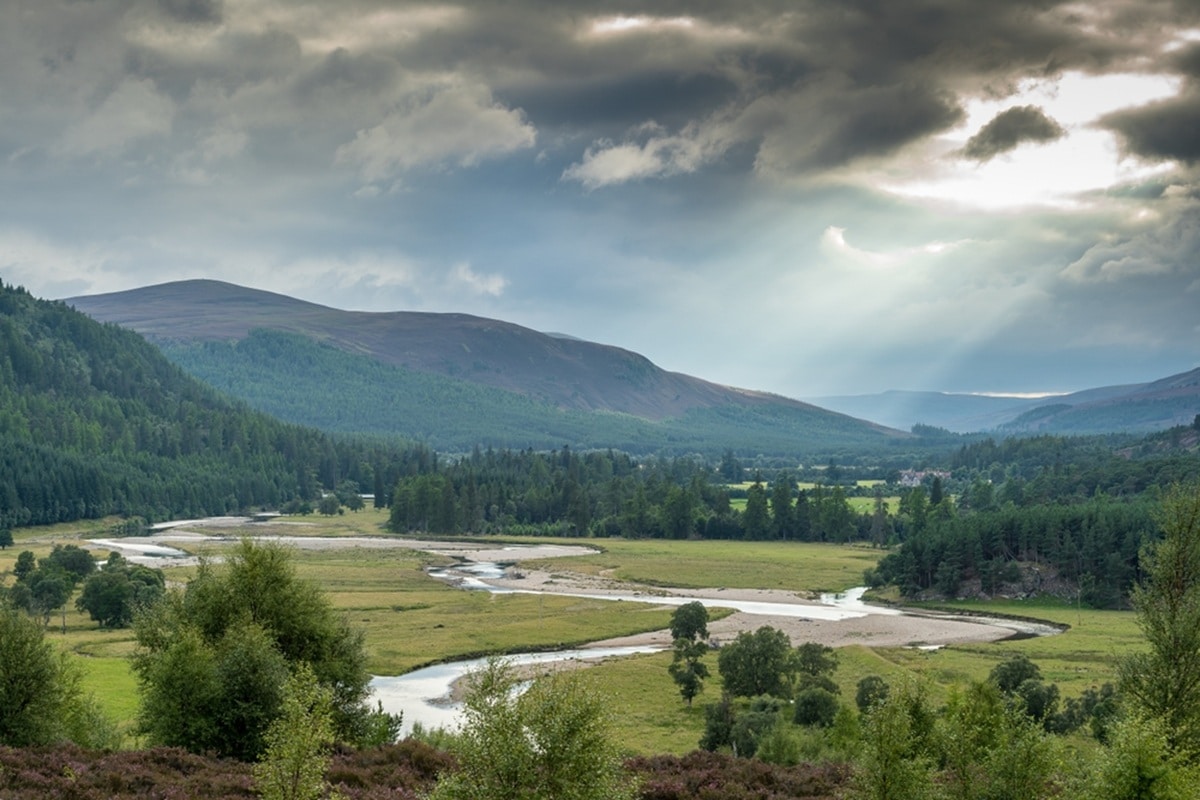
Conservation often conjures images of small nature reserves, protected woodlands, or wildflower meadows. But increasingly, experts argue that conservation must operate at much larger scales, covering landscapes, networks, and even entire regions. When habitat is too small, fragmented, or isolated, even good nature reserves struggle. But how big is “big enough” for wildlife conservation areas?
What do we know, what remains uncertain, and where should efforts focus?
Why scale matters for nature reserves
When the natural world is protected only in tiny patches, fragmentation reduces sites’ viability. Small, isolated areas can’t support viable populations of many species. Genetic diversity declines, reproductive success drops, and changes in biological structure at the site edges can degrade habitat quality.
- Connectivity is essential. Species often move seasonally to seek food or to breed, but barriers such as roads, urban areas or farmland can restrict that movement. If habitat patches are too far apart, or the surrounding environment is too hostile, movement and genetic strength suffer.
- Nature reserves find factors such as predation, competition, carbon storage and hydrology often function properly over large areas.

Nature reserves: UK case studies
The NatureScot Research Report 1271 examines large-scale nature restoration and rewilding case studies. It states that restoring connected landscapes rather than disconnected small sites brings greater benefits for species richness, connectivity, and ecosystem services.
Connectivity networks in England were scrutinised in a research article in the Royal Society Publishing titled “Habitat patches providing south-north connectivity are under-protected in a fragmented landscape.”
It found that many areas important for enabling species’ range to extend due to climate change are not protected, and that protecting these would significantly improve connectivity with only modest increases in the size of the protected area.
The article stated:
We find high-flow patches are often left out of existing protected areas … Across 12 of 16 habitat networks, connectivity protection falls short of area protection by 13.6% on average.

Nature reserves: size and biodiversity
Researchers from Nottingham Trent University in a study published in March 2025, reinforced the idea that size matters when it comes to preserving species. The report, titled: “Want to preserve biodiversity? Go big, researchers say” found that larger continuous habitat supports more species and more stable populations.
It stated:
Large, undisturbed forests are better for harbouring biodiversity than fragmented landscapes.
The Wildlife Trusts have set a `30by30’ target: to protect 30% of land and sea for nature by 2030. This is a national and global policy aim, partly because cumulative evidence shows that below certain thresholds of habitat protection and habitat cover, species decline accelerates.
What is a viable size for nature reserves?
- Large areas and corridors: Rather than many disconnected small reserves, a mix of large core areas plus linking corridors between them creates the best outcomes.
- Thresholds of habitat cover: Some studies suggest that once habitat cover in a landscape drops below 30%, fragmentation effects such as loss of connectivity and local extinctions, increase sharply. So, it’s often proposed to restore habitat cover up toward or above this threshold.
- Spatial modelling to identify priority areas: The studies noted above show that not every area is equally important: some locations act as stepping stones or hubs in networks that facilitate species movement.

Scaling up nature reserves: the trade-offs
While larger tracts of land appear to be most beneficial, scaling up UK conservation areas involves compromises:
The pros:
- Greater resilience. Larger connected habitats are more able to withstand storms, fire and climate extremes.
- More species and more stable populations: wide-ranging species, predators or pollinators may need larger ranges.
- Carbon storage, flood mitigation and water purification are more effective over broad catchment scales.
The cons:
- Large tracts of land are expensive and converting agricultural or other productive land has economic and social consequences.
- Usually, land is privately owned: coordinating across landowners is complex, requiring incentives or compensation to create conservation areas.
- Landowners and local communities may resist conservation areas that limit land use such as grazing or development, and be concerned about impacts from predators.
- Large spaces need proper management such as invasive species control and connectivity route monitoring.

UK nature reserves: scaling up in practice
How is this playing out on the ground in UK policy and conservation practice?
- The UK has increased its formally protected areas of land and sea, but many are in poor condition, fragmented, or have compromised connectivity.
- Several large-scale restoration initiatives are underway including peat restoration, woodland expansion and nature corridors. The National Trust’s recent projects, other trusts and government funding for habitat networks indicate that scaling is becoming part of mainstream conservation.
- The UK government has committed to protect 30% of land and seas by 2030, however, the British Ecological Society states that the term “protect” needs to mean effective protection leading to well-managed, connected, and ecologically viable areas.

Nature reserves: the unknowns
There are still grey areas in the science:
- Optimal area size for many species is unknown: for some insects, small patches may suffice; for mammals even large reserves might be too small.
- Trade-offs between quality and size: high-quality small nature reserves may find they outperform a larger but degraded area, complicating funding allocations.
- Scale of management versus scale of protection: even when large areas are protected, management is resource intensive. Sometimes small sites with high investment outperform larger, poorly managed ones.
- Land use pressures, housing demand, farming, infrastructure all compete.

Examples of scaling up
- Covering 600 square kilometres, Cairngorms Connect is a fascinating nature reserve and the biggest habitat restoration project in Britain.
- Cornwall Wildlife Trust’s Tor-to-Shore initiative aims to link land and sea by rewilding, creating conservation corridors and marine conservation work.
- The National Trust’s Turning the Tide for Nature initiative involves thousands of hectares where wetlands, bogs and wood pasture will be restored.
- The Wildlife Trusts’ 30by30 campaign aims to ensure that land protected by 2030 meets the scale and quality needed for real biodiversity gains.

So, how big should nature reserves be?
Based on current evidence, British nature reserves find:
- A connected landscape of 10,000-100,000 hectares (or more) is likely necessary to support wide-ranging mammals, woodland interior specialists and resilient habitat networks.
- There will be local variations: what works in the uplands, heathlands, peatlands, valleys, or urban fringe will differ. But the components of size, quality, connectivity and long-term management are the benchmarks for success.
Large nature reserves outperform fragmented areas
In conservation, while size cannot guarantee success, it changes the game. Small, well-managed reserves will have local value, but many of our ecological crises demand landscape-scale action. The question isn’t just one of size, it’s also how connected, resilient and durable nature reserves are.
A successful wildlife conservation area must be big enough to allow nature to roam, regenerate and adjust. If we only protect pockets surrounded by hostile land, many species, especially those sensitive to disturbance, may still fall between the cracks.



